What are the different types of wrapped Bitcoin?
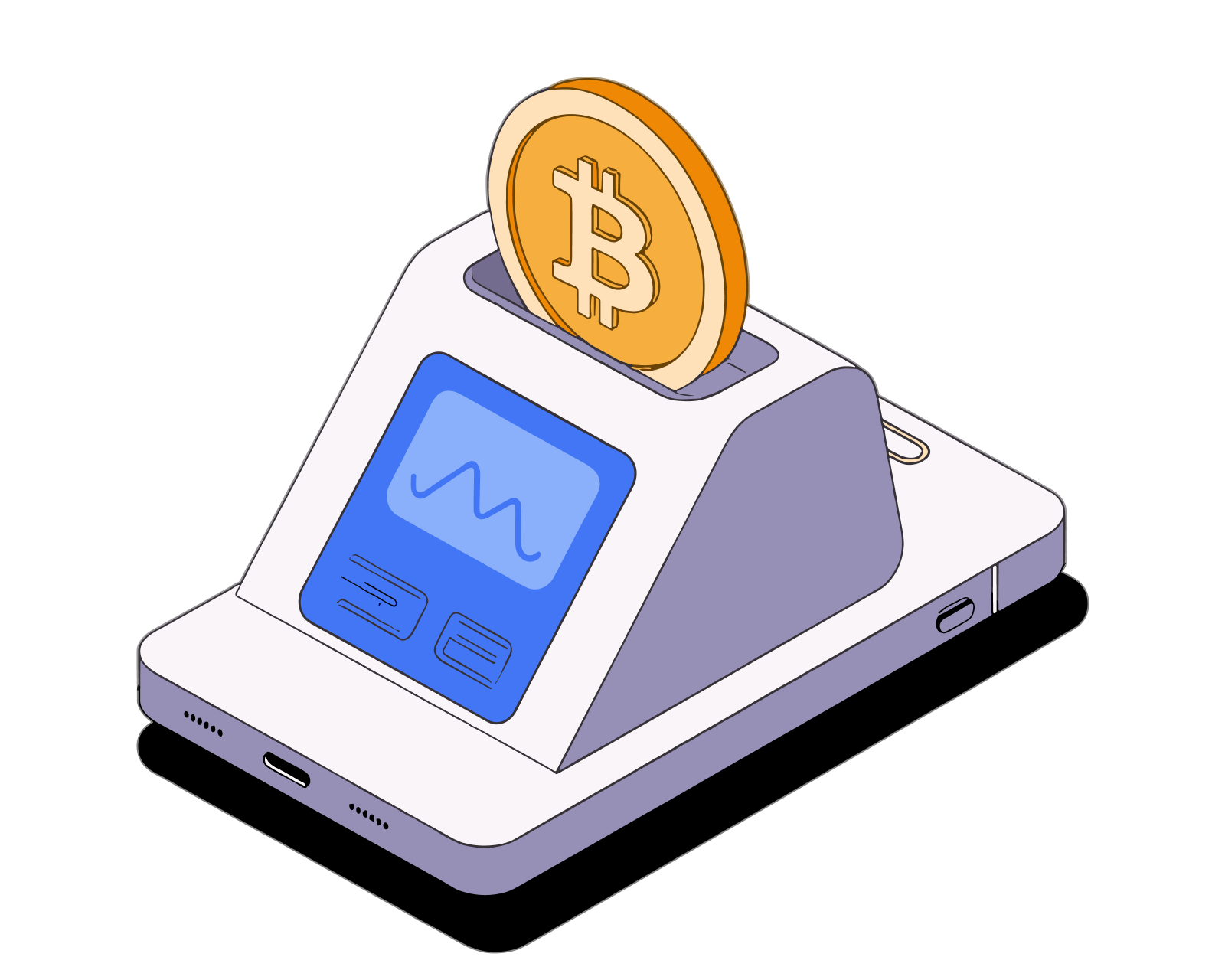
Table of Contents
Wrapped Bitcoin refers to tokenized versions of Bitcoin (BTC) on other blockchains. These tokens are pegged to Bitcoin's value and/or backed 1:1 by Bitcoin, letting users access and use Bitcoin within different blockchain ecosystems, mainly for decentralized finance (DeFi) applications. This article explores the various types of wrapped Bitcoin, how they work, and their importance in connecting Bitcoin and other blockchain networks. For a full understanding of Bitcoin, see "What is Bitcoin?". Also check out "A quick introduction to Bitcoin".
Why Wrap Bitcoin?
Bitcoin, the biggest cryptocurrency, has limits regarding smart contracts. Smart contracts are self-executing contracts in code that automate agreements. They are the base of decentralized applications (dApps) and DeFi. Bitcoin focuses on security, making it a strong store of value but less adaptable for complex uses. Learn more about how Bitcoin works, how Bitcoin transactions work and Bitcoin's governance mechanisms.
Ethereum was the first smart contract platform, and as such it was the birthplace of DeFi. Its blockchain allows many applications, from decentralized exchanges (DEXs) and lending, to non-fungible tokens (NFTs) and decentralized autonomous organizations (DAOs).
Wrapped Bitcoin connects Bitcoin to Ethereum and other smart-contract enabled blockchains, bringing Bitcoin's value to DeFi. This lets Bitcoin holders join DeFi, like lending and yield farming, without selling their BTC. Learn more about DeFi and explore its real-world impact through various DeFi use cases.
How Does Wrapped Bitcoin Work?
In most cases, wrapped Bitcoin locks BTC on the Bitcoin blockchain and creates the same amount of wrapped tokens on another blockchain, usually Ethereum. These tokens represent the locked BTC and can be used in DeFi. When redeemed, the BTC is released from the Bitcoin blockchain.
Three main parties are typically involved:
- Merchants: Manage the wrapping and unwrapping. They handle locking and releasing BTC and creating and destroying wrapped tokens.
- Custodians: Hold the BTC, ensuring wrapped tokens are fully backed. They maintain the link between the wrapped token and BTC.
- Users: Use their BTC in DeFi. They work with merchants to wrap and unwrap their BTC.
The process is:
- Wrapping: A user asks for WBTC from a merchant, giving BTC. The merchant sends the BTC to a custodian after checks. The custodian locks the BTC and makes WBTC on Ethereum, sending it to the user.
- Unwrapping: A user sends WBTC to a merchant. The merchant sends the WBTC to the custodian, who destroys the WBTC and releases the BTC to the user.
This ensures each wrapped Bitcoin token equals one BTC, keeping the value and providing openness and safety.
Using Wrapped Bitcoin
Wrapped Bitcoin opens up DeFi for Bitcoin holders:
-
DEX Trading: WBTC can be traded on DEXs like Uniswap, offering more choices than Bitcoin exchanges. Explore what DEXs are, how to use a DEX, and how liquidity pools work to better understand decentralized trading.
-
Lending and Borrowing: WBTC can be used in DeFi lending, letting users borrow against their BTC. Learn about crypto lending.
-
Yield Farming: WBTC can be used in yield farming to earn rewards from BTC. Learn about yield farming.
Risks
Wrapped Bitcoin has risks:
-
Smart Contract Risk: Wrapped Bitcoin uses smart contracts, which can have bugs. Learn about dApp risks.
-
Custodian/Signer Risk: Some forms of wrapped Bitcoin, such as WBTC and cbBTC use centralized custodians exposing them to counterparty risk.
-
Market Risk: Wrapped Bitcoin's value follows Bitcoin's price, which can change a lot. Learn about volatility.
Types of Wrapped Bitcoin
Several types of wrapped Bitcoin exist, including:
-
WBTC: The first widely adopted and still most common wrapped Bitcoin, WBTC is an ERC-20 token on Ethereum. WBTC relies on a centralized custodians BitGo and BiT Global, which hold the actual BTC that backs each WBTC token 1:1. This setup means that users must trust BitGo and BiT Global to securely hold the Bitcoin reserves and follow proper protocols to mint and burn WBTC. In contrast, decentralized alternatives like tBTC use more trustless mechanisms, making them appealing to users who prioritize minimizing central points of failure. Learn more about WBTC here.
-
tBTC: Unlike WBTC, which is managed by custodians, tBTC is a decentralized Bitcoin-to-Ethereum bridge that enables Bitcoin holders to access the DeFi ecosystem without relying on centralized entities to custody their BTC. tBTC is backed 1:1 with Bitcoin. For every 1 tBTC minted, there is 1 Bitcoin secured by the Threshold Network. The bridge is fully transparent and provides up-to-date proof of reserve. Learn more about tBTC here.
-
sBTC: As part of the Synthetix ecosystem, sBTC is a synthetic Bitcoin token that tracks the price of Bitcoin through oracles rather than being backed by Bitcoin reserves. It is part of a broader ecosystem where users can mint and trade synthetic assets on Ethereum, but it’s not directly redeemable for BTC. Recently, the concept of sBTC has extended beyond the Synthetix platform, with the Stacks project introducing a version of sBTC designed to work as a decentralized bridge for BTC on networks like Solana and potentially Aptos. This new implementation of sBTC aims to enable more trustless, cross-chain use cases for Bitcoin, making it easier to integrate BTC liquidity into other ecosystems without relying on custodial solutions
-
cbBTC: Coinbase Wrapped Bitcoin (cbBTC) is Coinbase’s wrapped Bitcoin token that allows users to use Bitcoin within the Ethereum and Base (Coinbase’s layer-2 network) ecosystems. Released in September 2024, cbBTC is backed 1:1 by Bitcoin held in Coinbase's custody. Users can mint cbBTC by sending BTC to a Coinbase address on Base or Ethereum, and convert it back by sending cbBTC to their Coinbase account, where it automatically swaps to Bitcoin. Unlike WBTC, which relies on multiple custodians, cbBTC’s custody is solely managed by Coinbase.
-
renBTC: renBTC, launched by the Ren Protocol, was a decentralized, non-custodial wrapped Bitcoin token on Ethereum, allowing Bitcoin to be used in Ethereum’s DeFi ecosystem. However, renBTC’s viability was significantly impacted following the bankruptcy of Alameda Research, which had acquired Ren in early 2021 and provided funding. As a result, Ren Protocol’s team halted the minting of renBTC on its "Ren 1.0" network in late 2022, announcing that users should bridge their assets back to Bitcoin before the network shutdown to avoid potential losses.
To replace Ren 1.0, the protocol began working on a "Ren 2.0" version aimed at a more community-controlled and decentralized structure. This transition has been challenging, however, as Ren requires additional funding to fully implement 2.0, leaving renBTC with minimal activity and liquidity compared to other wrapped Bitcoin tokens like WBTC, tBTC, and cbBTC. Consequently, renBTC has largely fallen out of use, especially with limited support on major DeFi platforms and reduced user confidence in its backing mechanisms due to the funding instability caused by the FTX collapse.
Wrapped Bitcoin vs. Other Solutions
Besides wrapped Bitcoin, Bitcoin can be used on other blockchain via layer-2 solutions, which are secondary protocols built on top of the main Bitcoin blockchain. Their purpose is to address scalability issues, improve transaction speeds, and reduce fees. Some L2s also introduce smart contract capabilities, expanding Bitcoin's potential use cases. By creating a separate execution layer, these solutions handle transactions off-chain and only use the main blockchain for final settlement. Learn more about Bitcoin layer-2 solutions here.
The Future of Wrapped Bitcoin
As DeFi grows, wrapped Bitcoin and layer-2 solutions will likely become more important in connecting Bitcoin and other blockchains. The future of wrapped Bitcoin is linked to cross-chain solutions. Learn more about cross-chain interoperability here.
Related guides
Start from here →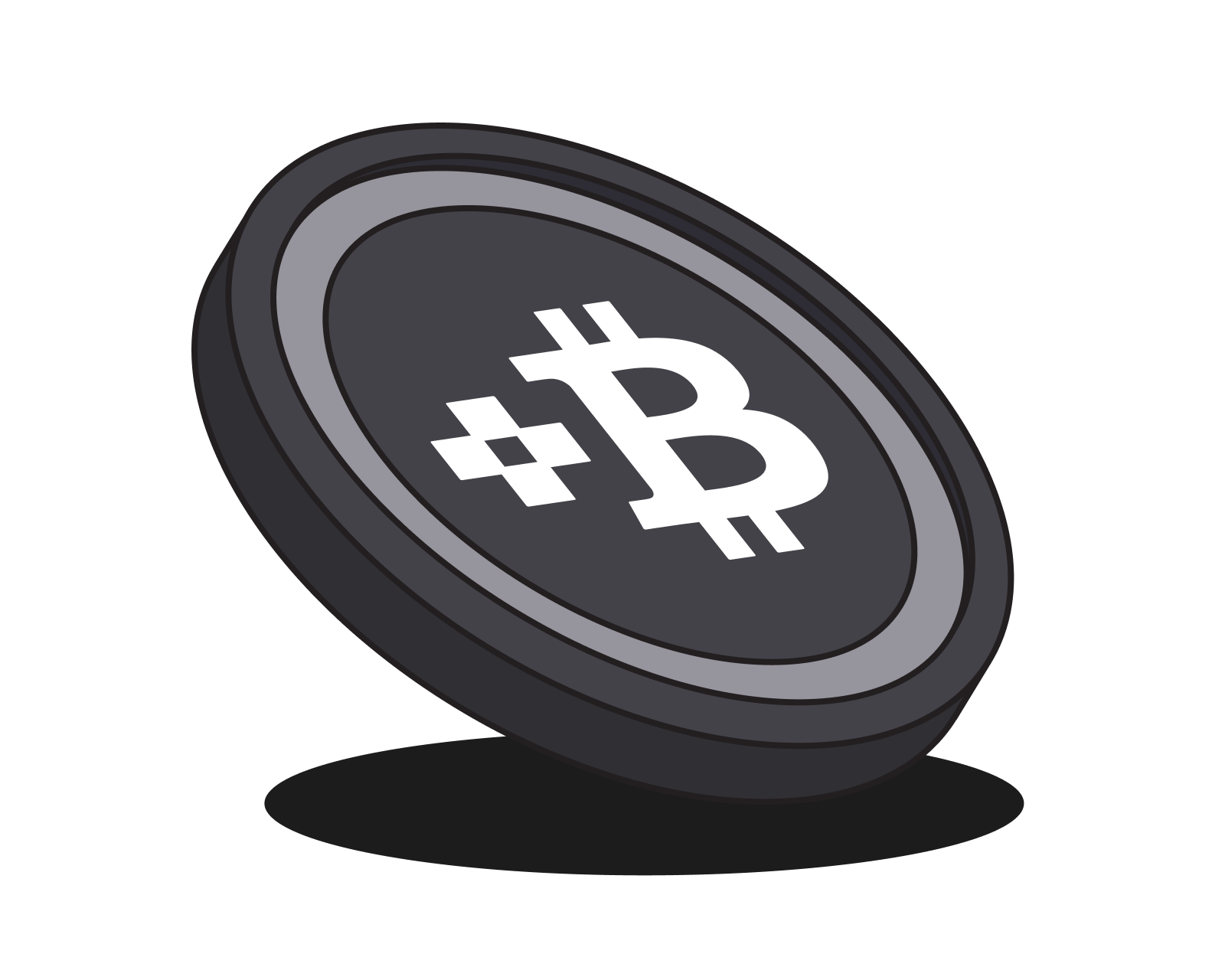

What is tBTC?
Learn about tBTC, a decentralized way to bring Bitcoin to Ethereum.
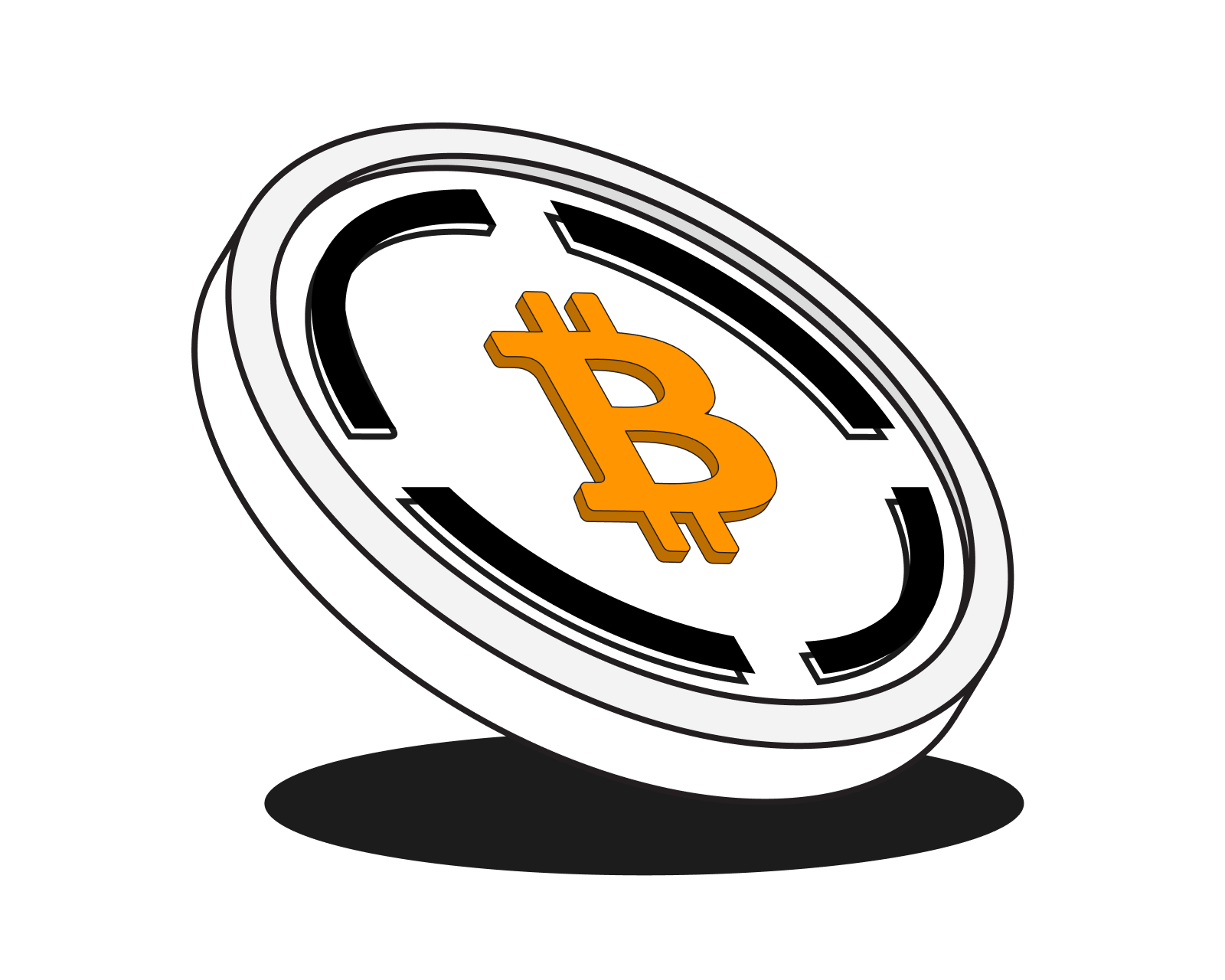
What is WBTC?
WBTC is an important part of the DeFi ecosystem. Learn what it is, and why it’s important.
Read this article →
What is WBTC?
WBTC is an important part of the DeFi ecosystem. Learn what it is, and why it’s important.
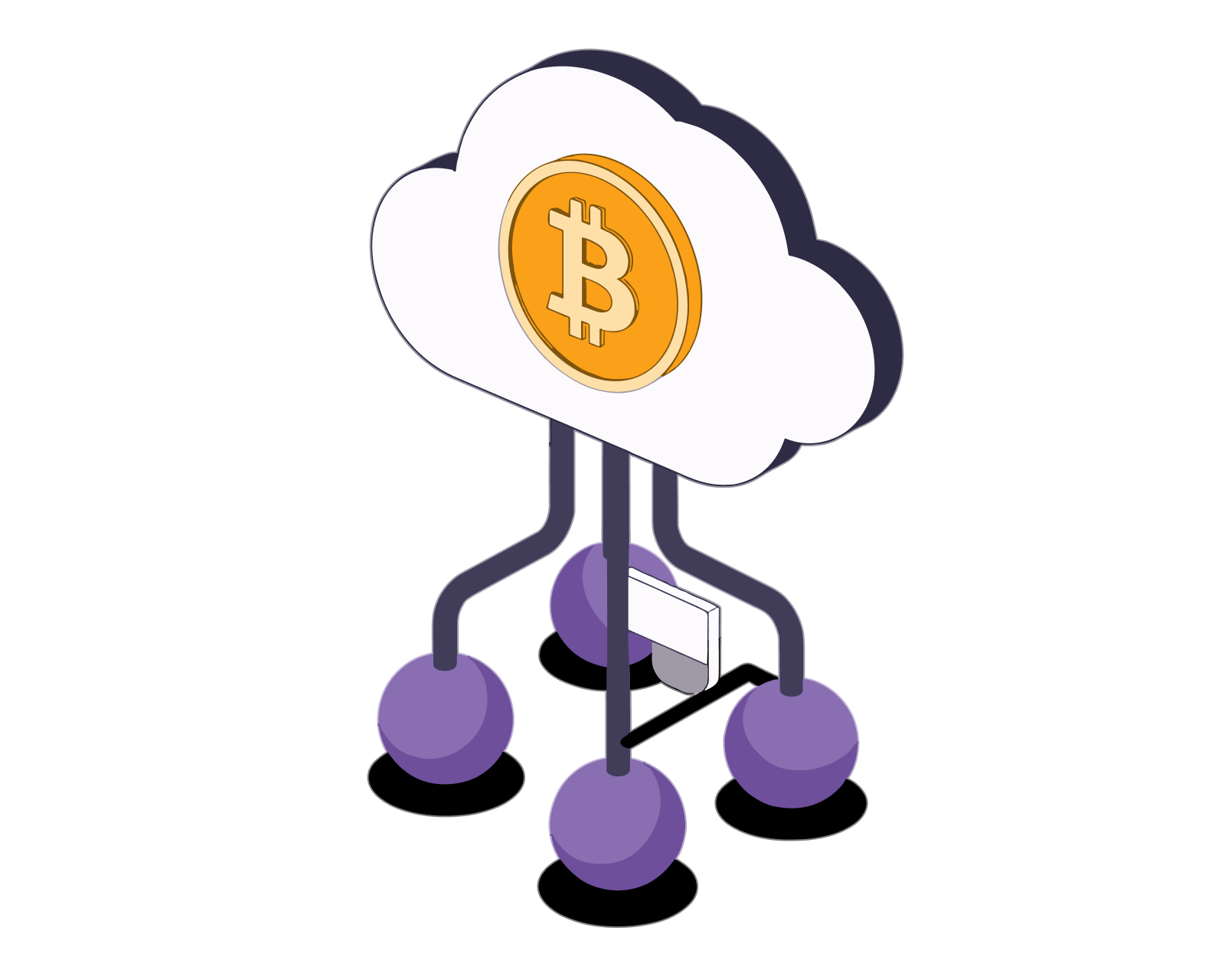
What are sidechains?
Learn about the different types of sidechains, their advantages and disadvantages, and what they're used for. Get the essentials on key sidechain projects.
Read this article →
What are sidechains?
Learn about the different types of sidechains, their advantages and disadvantages, and what they're used for. Get the essentials on key sidechain projects.
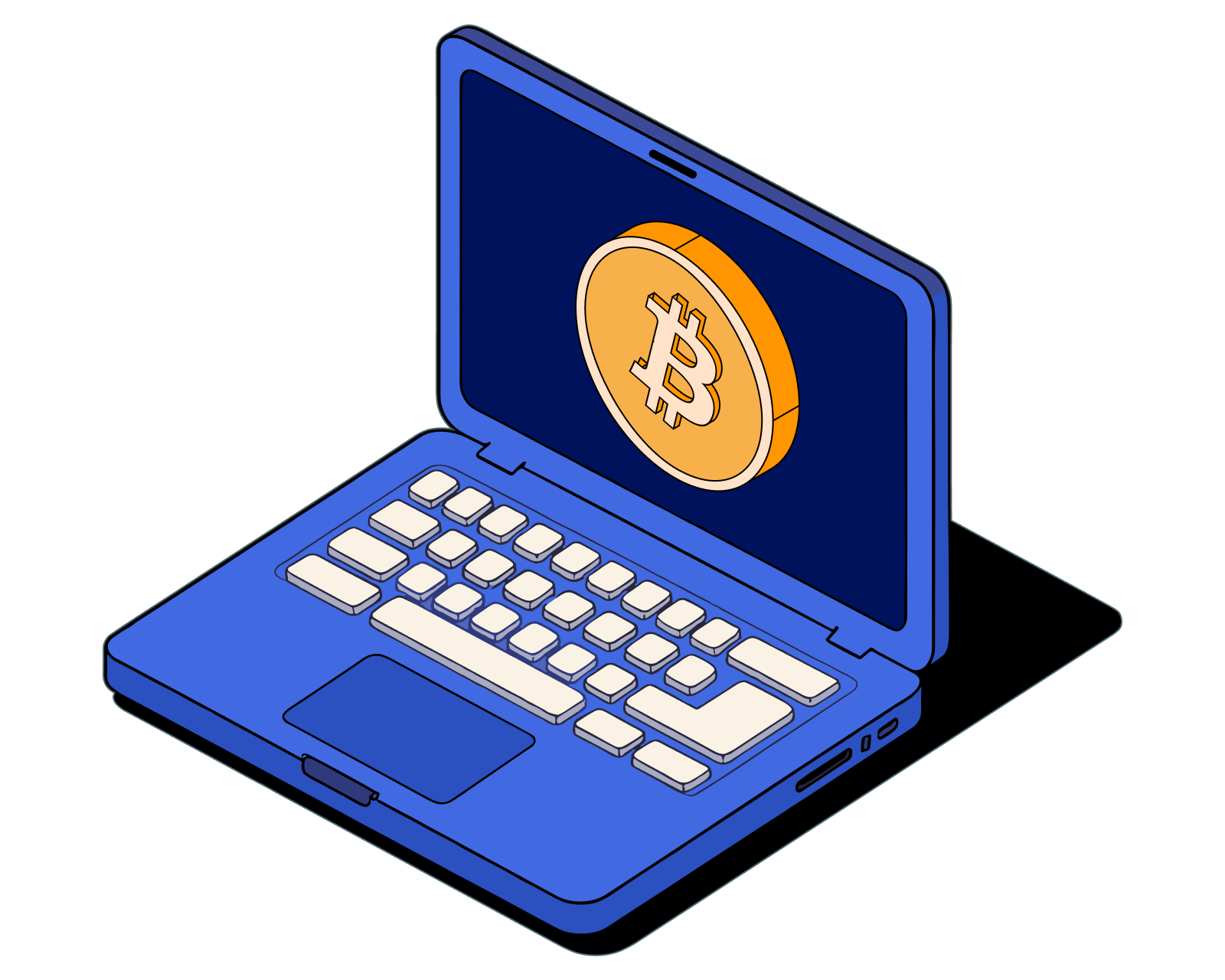
What are Bitcoin Layer-2 solutions?
Learn about Bitcoin Layer-2 solutions and how they may enable Bitcoin to scale.
Read this article →
What are Bitcoin Layer-2 solutions?
Learn about Bitcoin Layer-2 solutions and how they may enable Bitcoin to scale.


What is Ethereum?
Understand Ethereum's key characteristics.

What are ERC-20 tokens?
Learn the basics of the Ethereum token standard, what ERC-20 tokens are used for, and how they work.
Read this article →
What are ERC-20 tokens?
Learn the basics of the Ethereum token standard, what ERC-20 tokens are used for, and how they work.

What's a smart contract?
Get the basics on the "software" that runs on decentralized networks.
Read this article →
What's a smart contract?
Get the basics on the "software" that runs on decentralized networks.
STAY AHEAD IN CRYPTO
Stay ahead in crypto with our weekly newsletter delivering the insights that matter most
Weekly crypto news, curated for you
Actionable insights and educational tips
Updates on products fueling economic freedom
No spam. Unsubscribe anytime.



Start investing safely with the Bitcoin.com Wallet
Over wallets created so far
Everything you need to buy, sell, trade, and invest your Bitcoin and cryptocurrency securely

© 2025 Saint Bitts LLC Bitcoin.com. All rights reserved


